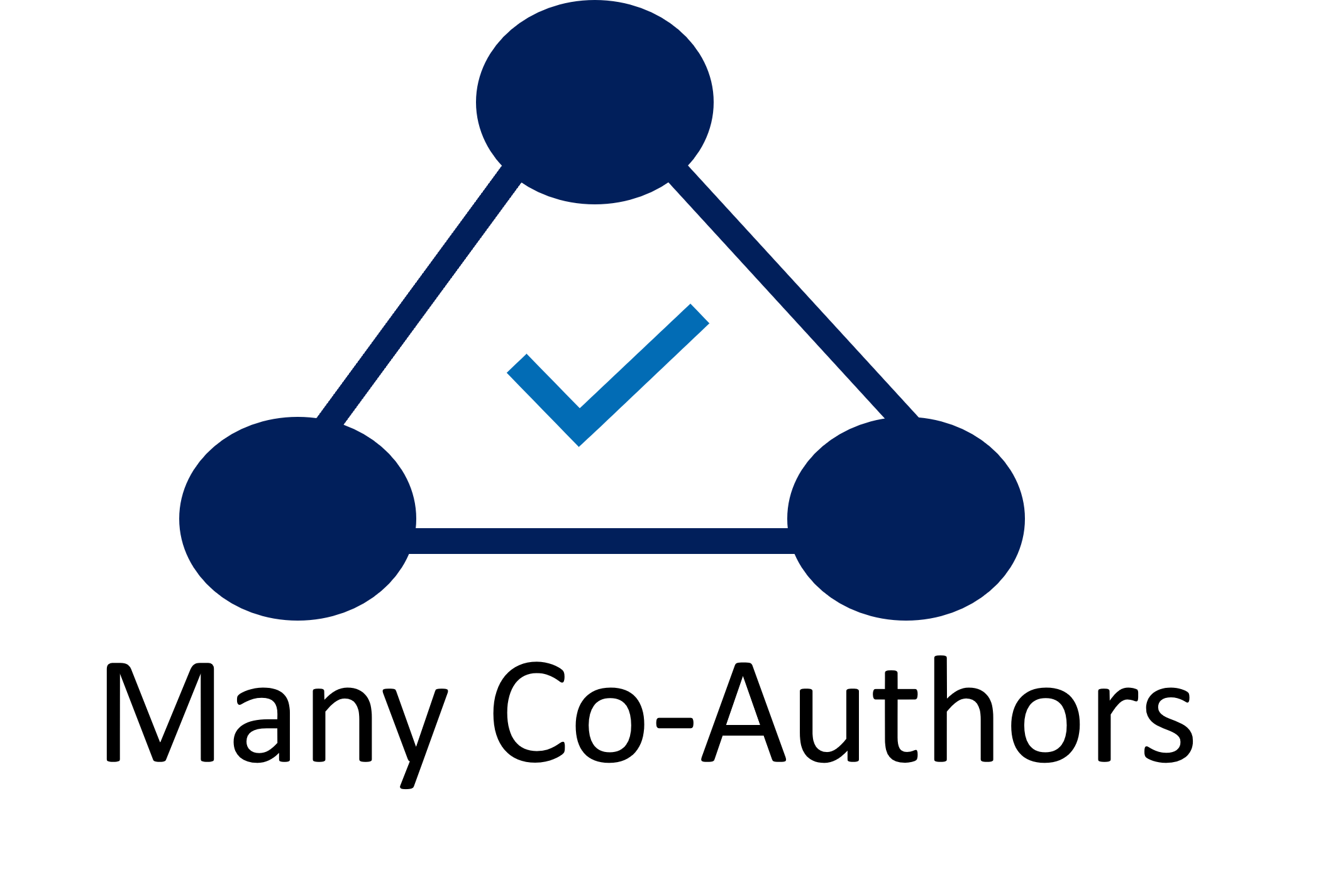

| Gino involved in data collection? |
Co-authors have/had raw data? |
Data for reproducing results available? | |
|---|---|---|---|
| Experiment 1 | Don't Know (1) Yes (1) |
No (2) |
No (2) |
| Experiment 2 | Don't Know (1) Yes (1) |
No (2) |
No (2) |
| Gino involved in data collection? | Co-authors have/had raw data? | Data for reproducing results available? | |
|---|---|---|---|
| Experiment 1 | Don't Know | Never | No |
| Experiment 2 | Don't Know | Never | No |
| Gino involved in data collection? | Co-authors have/had raw data? | Data for reproducing results available? | |
|---|---|---|---|
| Experiment 1 | Yes | Never | No |
| Experiment 2 | Yes | Never | No |
The main finding of this paper suggests that participants' level of unethical behavior increased when observing a transgression of an in-group member (without any sanctions), but decreased when observing a transgression of an out-group member.
This effect is explained with conformity to the in-group norms versus distancing from outgroup norms. This effect has been conceptually replicated with other unethical or undesired behaviors. First, the classic experiment by Cialdini et al.(1990) showed that participants who observed a confederate litter in a clean environment, they distanced themselves and littered less (compared to those who did not see a confederate). Cialdini demonstrated a reversal when the environment was dirty. Second, Aksoy and Palma (2019) demonstrated that cheating was highest under anonymity and that visibility to others reduced cheating level. Importantly, cheating was higher when participants were visible to in-group members and lower when they were visible to out-group members. The finding demonstrates in-group favoritism vs. distancing response to out-group. Along similar lines, Vives, Cikara and FeldmanHall (2022) showed that immoral behavior of an in-group member licensed immoral behavior (as long as the immoral behavior was not too extreme). In contrast, observing immoral behavior of an out-group member led to distancing and enhanced participants’ moral behavior.
Aksoy, B., & Palma, M. A. (2019). The effects of scarcity on cheating and in-group favoritism. Journal of Economic Behavior & Organization, 165, 100-117.
Cialdini R.B., Reno R.R., Kallgren C.A. (1990). A focus theory of normative conduct: Recycling the concept of norms to reduce littering in public places. Journal of Personality and Social Psychology, 58, 1015–1026.
Vives, M. L., Cikara, M., & FeldmanHall, O. (2022). Following your group or your morals? The in-group promotes immoral behavior while the out-group buffers against it. Social Psychological and Personality Science, 13(1), 139-149.